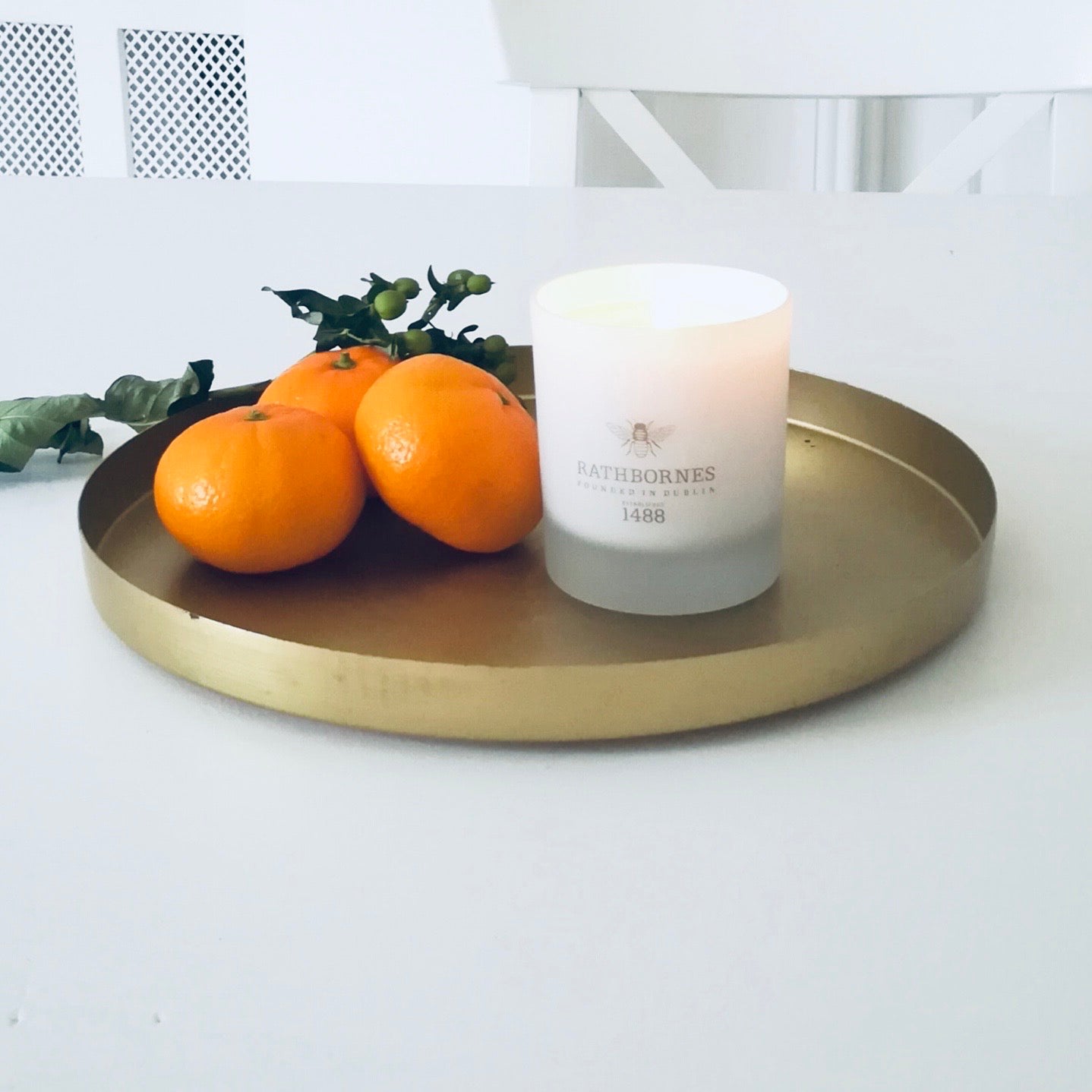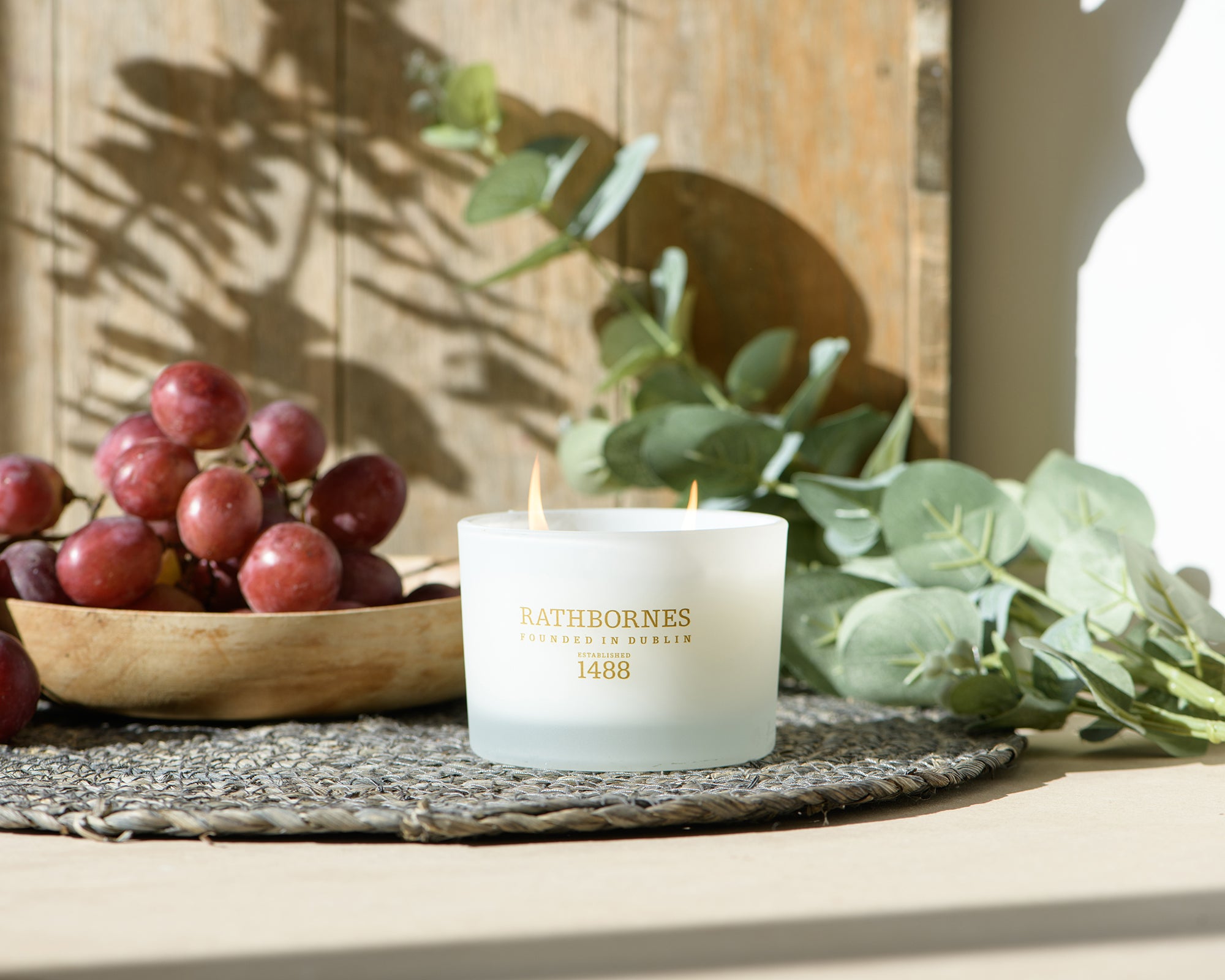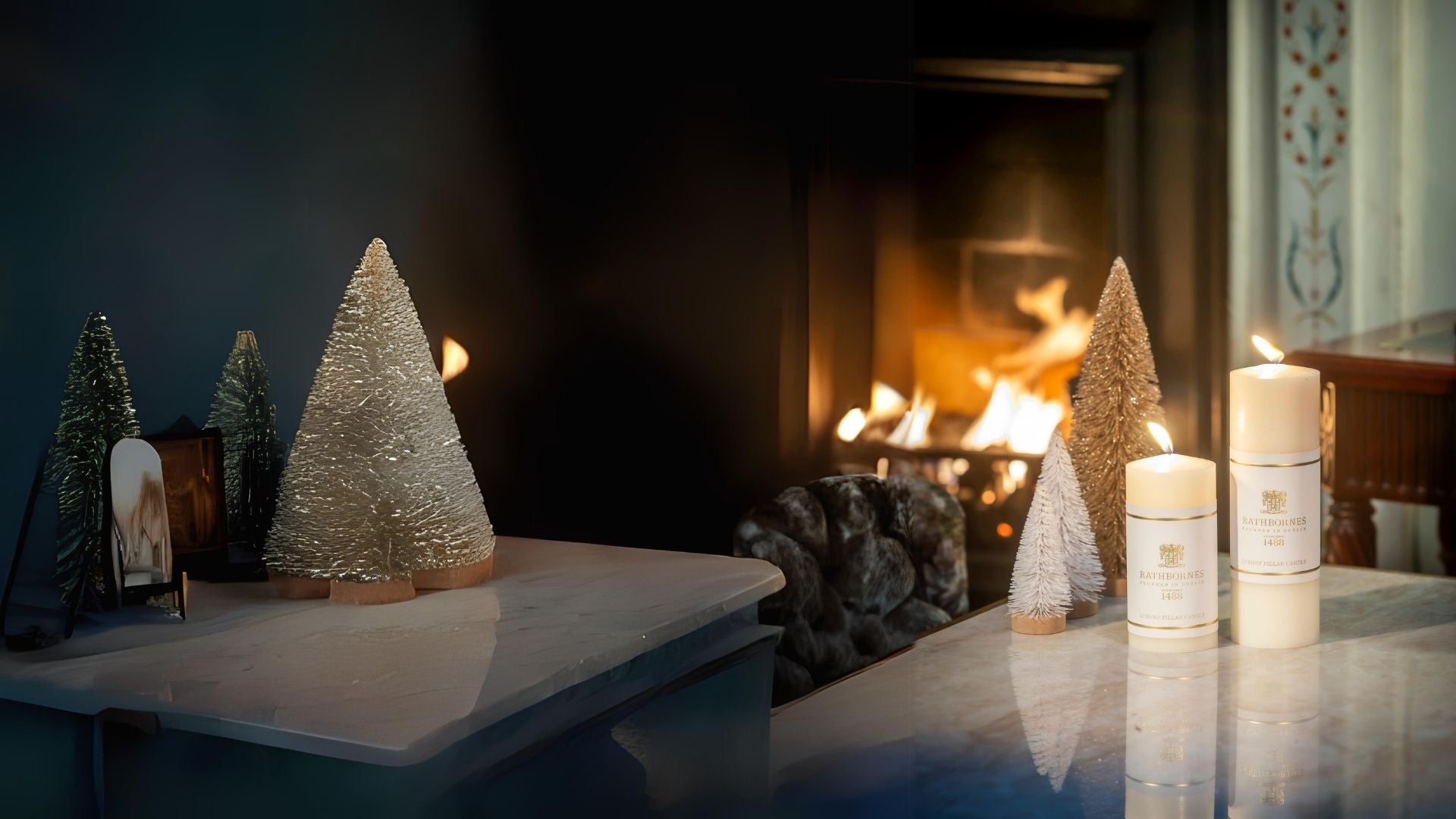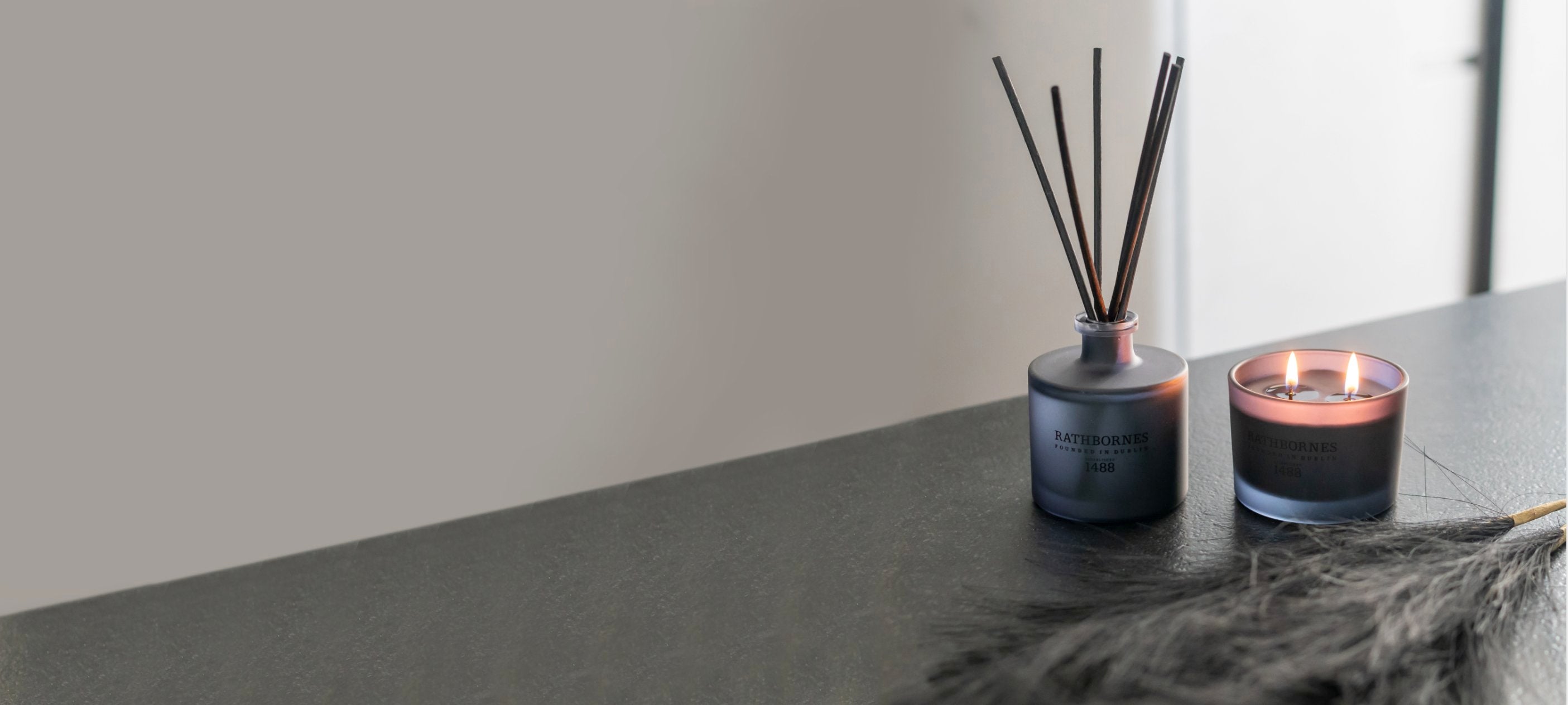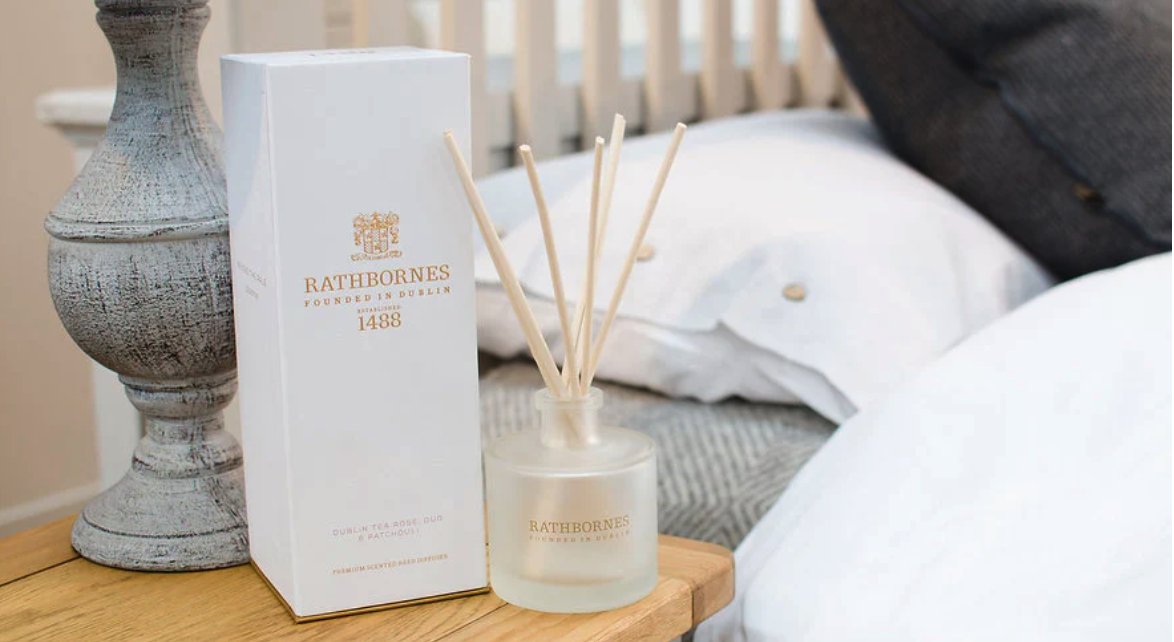An Eco-friendly Holiday: Sustainable Candle Practices
As we bask in the warm glow of our candle gifts this Christmas, it's essential to consider the deeper impact they can have on our planet. From the air we breathe to the resources we cherish, every flicker of a candle flame tells a story of environmental impact and the choices we make.
Join us as we explore how to enjoy the timeless elegance of candles in a way that's as kind to the earth as it is to our senses. We'll uncover the secrets of eco-friendly candle selection, share tips for maximising candle life, and guide you through the art of responsible disposal. Let's light the way to a more sustainable Christmas, one candle at a time.
Understanding the Environmental Impact of Candles
When we light a candle, we're doing more than just setting a mood or illuminating a room. Candles, especially those not crafted with environmental considerations in mind, can have a hidden impact on our planet. Here's why understanding this impact is crucial for eco-conscious consumers:
Soot and Air Quality: Some cheap candles, particularly those made from paraffin wax, can negatively impact indoor air quality. Paraffin burns less cleanly, releasing soot and pollutants. This not only ruins the quality of indoor air but also contributes to environmental pollution. The soot particles can affect respiratory health and accumulate on surfaces in homes, highlighting the need for better ventilation and cleaner burning alternatives.
Non-Renewable Resources: The extraction and refining of paraffin wax from petroleum carries a heavy ecological cost, including habitat destruction, water contamination, and greenhouse gas emissions. As environmental awareness grows, the need to shift away from such non-renewable materials becomes critical to reduce our ecological footprint.
Environmental Consciousness: Our choices as consumers can influence industry practices. By understanding the environmental impact of candle use, particularly those involving non-renewable materials and pollutants, we can steer towards more sustainable options. This shift not only benefits our immediate surroundings but also contributes to wider environmental conservation efforts.
That’s why purchasing from Rathbornes can be more than just a treat for your loved ones. We craft our candles using a blend of beeswax, rapeseed, and coconut to create a 100% natural wax that guarantees a clean, slow, and flawless burn. Our commitment to sustainability is reflected in each eco-friendly wax we use, all sourced through entirely natural methods.
Choosing Eco-Friendly Candles
To minimise our environmental footprint, selecting eco-friendly candles is a step in the right direction. Here’s how you can choose candles that are kinder to the planet:
Natural Waxes: Look for candles made from natural waxes like soy or beeswax, like every candle in our ranges. Unlike paraffin, these waxes are renewable and burn cleaner, releasing fewer pollutants.
Chemical-Free Scents: Opt for candles scented with natural oils instead of synthetic fragrances, which can release harmful chemicals into the air.
Proper Candle Burning Techniques
Burning candles efficiently not only enhances their longevity but also reduces environmental impact. Here’s how you can make the most out of your candles:
Avoid Tunnelling: Tunnelling occurs when a candle burns straight down the middle, leaving a ring of unused wax along the container's sides. To prevent this, the first burn is crucial. Ensure the entire top layer of wax melts during the initial use, which can take a few hours depending on the candle's size. This initial 'memory burn' sets the stage for even melting in future burns, maximising wax usage and reducing waste.
Wick Trimming: Regularly trimming the wick to about 1/4 inch is key for a clean and efficient burn. A longer wick can cause excess smoke and soot, while a shorter wick may not produce enough heat to melt the wax effectively. Trimming the wick before each burn ensures a steadier, brighter flame and less soot deposition, contributing to both a cleaner burning process and a longer candle life.
Optimal Burn Times: The duration of each burning session also plays a vital role. As a general rule, candles should not be lit for more than four hours at a time. Longer burning periods can cause the wick to move or slant, leading to uneven burning and potential wax wastage. Additionally, overheating can degrade the scent and wax quality. Regularly extinguishing the candle after the recommended period allows the wax to cool and settle, ensuring a consistent burn quality for the next use.
Monitoring the Flame: Keep an eye on the flame. If it's too high or flickering excessively, it's time to extinguish the candle, let it cool, trim the wick, and then relight. A steady, calm


